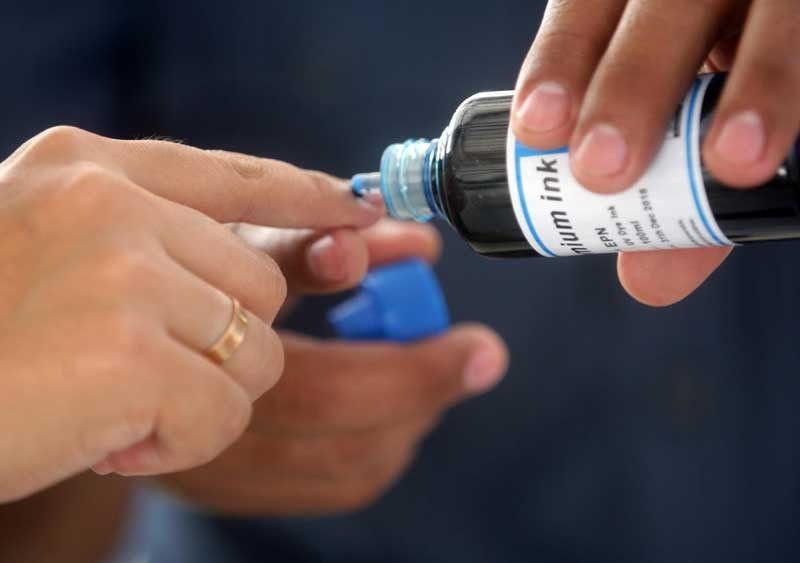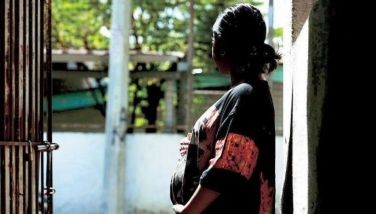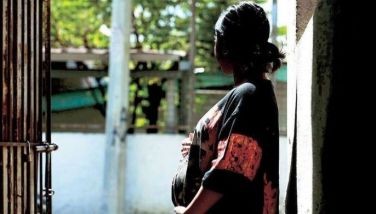13 party-list groups leading in survey

MANILA, Philippines — Thirteen of 134 party-list groups running in the upcoming midterm elections could get one seat in the House of Representatives, based on the latest survey conducted by Pulse Asia.
Bayan Muna continued to lead the party-list groups, according to the poll taken from April 10 to 14 with 1,800 likely voters 18 years old and above.
“Out of the 134 party-list groups that have been accredited by the Commission on Elections (Comelec), 13 would garner more than two percent of the total votes cast for the party-list elections if the May 2019 elections were held during the survey period,” Pulse Asia said.
These 13 party-list groups would get one seat in the House of Representatives in the first round of seat allocation described by the Supreme Court in its resolution dated Feb. 17, 2017, the pollster said.
Bayan Muna obtained 7.94 percent, followed by Ako Bicol Political Party (6.65 percent), Magsasaka (5.32 percent), Anti-Crime and Terrorism Community Involvement and Support Inc. or ACT-CIS (4.67 percent), Association of Philippine Electric Cooperatives (4.11 percent), Agricultural Sector Alliance of the Philippines (3.55 percent), Citizens’ Battle Against Corruption (3.12 percent), Coalition of Association of Senior Citizens in the Philippines Inc. (2.92 percent), Anak Mindanao (2.83 percent), Probinsyano Ako (2.64 percent), Ang National Coalition of Indigenous Peoples Action Na! Inc. (2.44 percent), Alyansa ng mga Mamamayang Probinsiyano (2.24 percent), and Cooperative NATCCP Network (2.07 percent).
“Furthermore, following the procedure for allocating the maximum number of 59 seats for party-list representatives described in the said resolution, four party-list groups will each obtain three seats in the House, the maximum number of seats that any group can win in the party-list elections,” Pulse Asia said.
These are Bayan Muna, Ako Bicol, Magkakasama sa Sakahan (Magsasaka) and ACT-CIS.
The survey also showed about three-fourths or 76 percent of Filipino registered voters have heard, read or watched something about the party-list system.
Levels of awareness range from 57 percent to 88 percent across geographic areas and from 72 percent to 93 percent in the different socio-economic classes.
Higher awareness levels were recorded in Metro Manila and the rest of Luzon than the Visayas (82 percent to 88 percent versus 57 percent) and in the best-off socio-economic class than the poorer ones (93 percent in Class ABC versus 72 percent to 75 percent in Classes D and E).
“Between March 2019 and April 2019, awareness figures remain essentially constant at the national level and across geographic areas and socio-economic groupings, with the only notable change being the increase in awareness level among Metro Manilans (+14 percentage points),” Pulse Asia said.
- Latest
- Trending
































